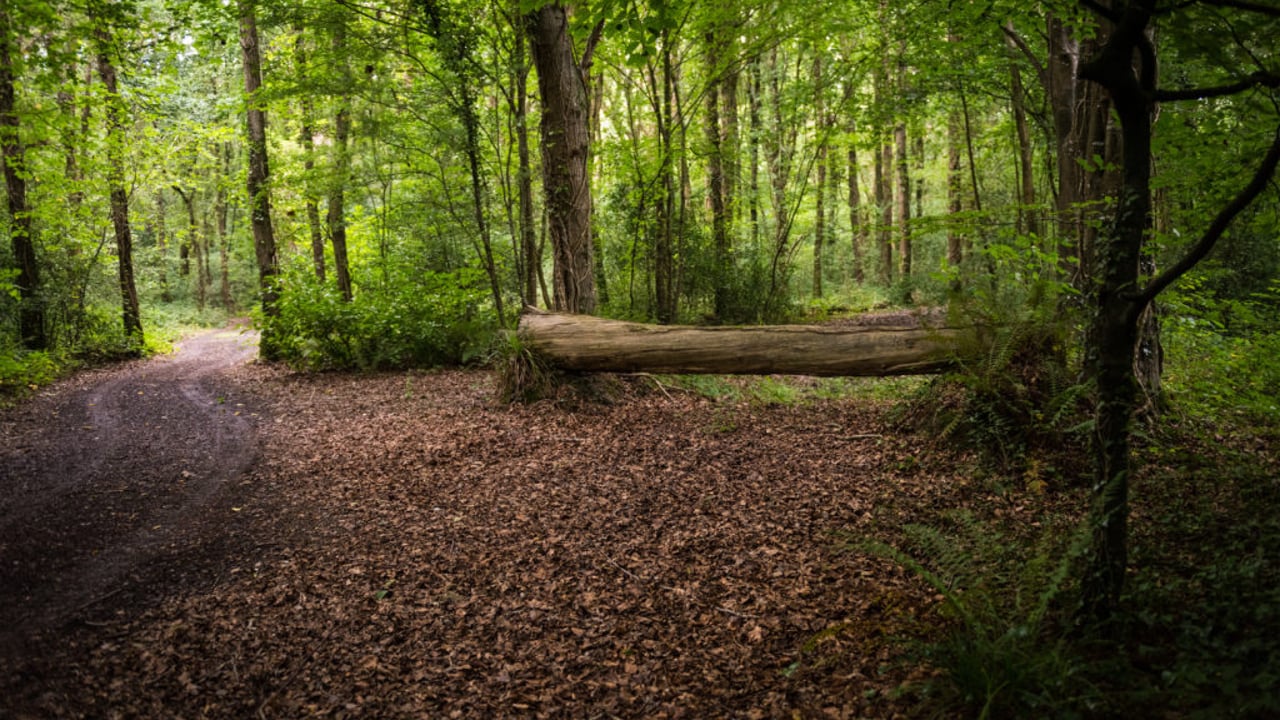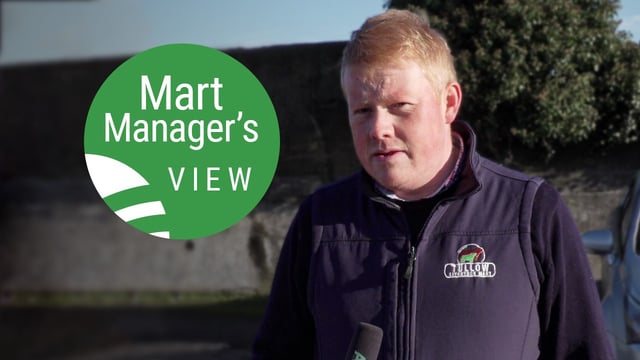Call for a change in mindset on the role of forestry
A landscape architect has said that the mindset around the role of forestry needs to shift to a more long-term view.
Philip J, who is based in Dublin, explained that commercial forestry owners should diversify the species being used on Irish plantations.
"There's too much of a reliance on Sitka spruce, in my opinion. It grows extremely straight and fast. It can grow on quite poor marginal soils and so it's favored because there's a quick turnaround with it," Philip outlined.
He added that financial incentives should be put in place by the government to provide an alternative to the process of clear felling.
"Instead of clearing whole areas in one fell swoop, if they were to fell trees that are ready but leave other trees and then start to introduce broadleaf trees in such as oak or hazel and even pines or birches, these trees could start to bring an ecology to those spaces and provide longevity," Philip remarked to Agriland.
The next generation will demand to see tangible movement on tree planting levels, he added, including what species are being planted and how they are being managed.
Landscape architecture is where engineering and architecture meet ecology. It is also focused on the movement of people through space and how they interact with their environment.
The industry helps in the design of outdoor public areas including parks, graveyards and even carparks.
When it comes to forestry, Philip believes that it can be divorced from the public's interaction with it, adding that everyone should be encouraged to see the different stages of the process.
He pointed to the shifting baseline concept where the nature that you experience in your childhood is what you deem acceptable as you get older.
In terms of the approach taken to commercial forestry, the landscape architect believes that we should look at trees and the soil they are planted on in terms of carbon sequestration potential.
Philip J also believes that the trade and value of carbon credits will continue to grow in the future.
"I think that could be an interesting way to approach forestry and tree planting - as something to be planted and left. Everybody wants to appear as green, but it's what's actually being done on the ground that actually matters," he commented.
"But if we had a longer-term viewpoint, we would actually all benefit in terms of mass producing of timber as well as creating these woodlands, which would help to offset the carbon emissions," Philip concluded.





